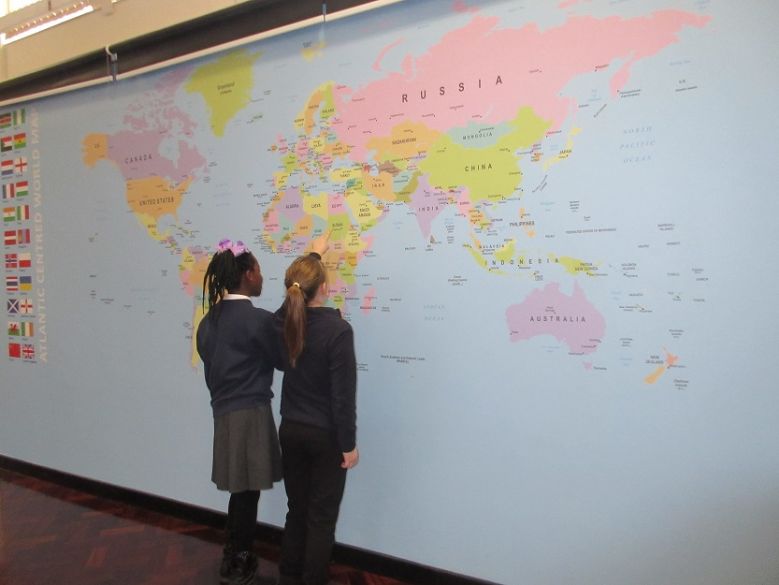Geography

At The Milford Academy, we believe that it is our responsibility to pass on powerful knowledge to our children. Thus, we aim to deliver a curriculum that helps pupils to gain a coherent knowledge and understanding of both Britain and the wider world. We also aim to foster a sense of enjoyment and fascination in learning about themselves, others and the world around them.
Intent
At The Milford Academy we aim to ensure that:
- As part of their learning, children will make connections within and between the topics based on the following key areas: environmental issues and sustainability; climate/weather and natural disasters. They will also look at case studies of local areas and globally significant places.
- All children study both physical and human characteristics of geography, how they interact and how they change over time.
- Children can interpret a range of sources of geographical information.
- When exploring the local area, children can collect, analyse and communicate with a range of data through experiences of fieldwork.
- Children can communicate geographical information in a variety of ways.
- All pupils acquire a bank of useful geographical vocabulary that they can apply to a variety of contexts.
- Our Geography topics link to our Science topics where appropriate so all children can understand that what we learn in the classroom helps us understand our own environments as well as those around the globe.
- At least one of the geography topics, over the two topic cycles, is linked with a trip to expand pupils’ experiences.
- Our Geography curriculum is progressively more challenging from Years 1 through 6 both in terms of the complexity of the subject knowledge we want our pupils to acquire and also the critical thinking skills we support them to utilise to ensure they understand the significance of that knowledge.
- Our Geography curriculum is inclusive in terms of delivering the same curriculum to all of our pupils irrespective of specific learning needs or disabilities and differentiating where necessary through, for example, in class support, providing different learning environments, alternative learning activities and assessment outcomes.
